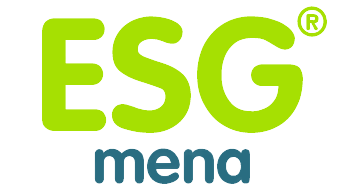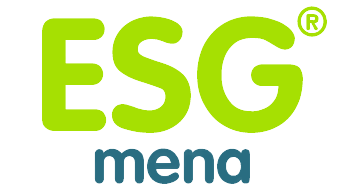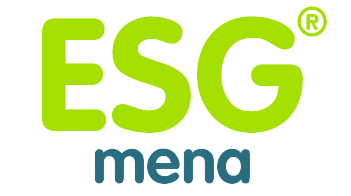As water scarcity intensifies across the Middle East and North Africa (MENA), governments and experts are looking for sustainable solutions to close the water gap. Wastewater reuse stands out as one of the most promising options—but several barriers remain. Javier Mateo-Sagasta, Senior Researcher and Coordinator for Water Quality at the International Water Management Institute (IWMI), discusses in this interview the social perceptions, economic constraints, and policy challenges that hinder water reuse in the region. He also explains how AI and remote sensing can help countries like Egypt optimize wastewater management and move toward a more circular water economy.
What are the main obstacles preventing the wider reuse of treated wastewater in the MENA region?
There are several key challenges. One of the main barriers is public perception. Many people still believe that treated wastewater is unsafe, which discourages its use. That’s why working closely with the media is so important—to raise awareness and explain when and how reuse is safe. When properly treated, wastewater can safely become part of the circular economy, helping countries address both water scarcity and environmental degradation.
So, changing mindsets is essential. What about farmers—how can trust be built at the community level?
Farmers are central to this effort. We must be transparent about the quality of water being offered for irrigation, assess any potential risks, and work with them from the beginning to manage those risks effectively. Building trust through openness is key to successful implementation.
You also mentioned economic barriers. How do they impact the expansion of water reuse projects?
Treating wastewater for reuse is costly, and ensuring the sustainability of treatment plants requires robust cost-recovery mechanisms. We need to think creatively about financing models that make reuse viable in the long term.
What kind of financial mechanisms could make this possible?
A combination of subsidies and resource recovery can make a big difference. Because wastewater reuse provides environmental and social benefits, it makes sense for governments to subsidize part of the treatment process. At the same time, we can recover valuable resources such as nitrogen and phosphorus, which can be sold as fertilizers, and biogas, which can generate electricity to offset energy costs. These innovations can help cover operational expenses and make water reuse more financially sustainable.
Despite these efforts, more than half of the region’s treated wastewater remains unused. Why?
According to our data, about 54% of the total generated wastewater in the MENA region is not reused. Of this, roughly 44% is lost—discharged into the sea or evaporated. In many coastal cities, it’s expensive to treat and pump wastewater back to agricultural areas. These economic hurdles explain much of the loss.
Given the region’s severe water scarcity, that seems unsustainable. What can be done to reduce these losses?
We must treat water recovery as a strategic priority. Losing this water is no longer an option. Policymakers need to develop feasible ways to reuse every possible drop, through targeted investments, better infrastructure, and strong coordination among key ministries.
How important is policy coordination in achieving large-scale wastewater reuse?
It’s crucial. Effective reuse policies require the participation of all relevant ministries—water, housing, agriculture, and others—to ensure that regulations are coherent and comprehensive. Unfortunately, such coordination is rare. Too often, one sector blocks implementation because its interests were not considered from the start. Building cross-sectoral collaboration from the policy-design phase is essential for success.
IWMI is known for integrating technology into water management. How are you using AI and remote sensing to support this work in countries like Egypt?
We’re leading several initiatives funded by Google and Sida to apply artificial intelligence and remote sensing in wastewater management. One key project involves automatically identifying wastewater treatment plants through satellite imagery. This allows us to build a comprehensive inventory of plants—both public and private—which is often missing in national databases.
And how does this technology help improve water planning?
By combining this data with information on water demand from agriculture, cities, and industry, we can assess where reuse potential is highest. These insights help governments prioritize investments and plan infrastructure where it will have the greatest impact. Our methodologies also allow us to estimate the quantity and quality of treated water available, making reuse planning more accurate and efficient.
Looking ahead, what opportunities do you see for scaling up wastewater reuse in the MENA region?
The opportunities are significant—if we plan carefully and address the existing barriers. By identifying which treatment plants and sites offer the greatest reuse potential, countries can expand reuse safely and strategically. With the help of new technologies and smarter investment planning, the MENA region can transform wastewater from a problem into a valuable resource.




